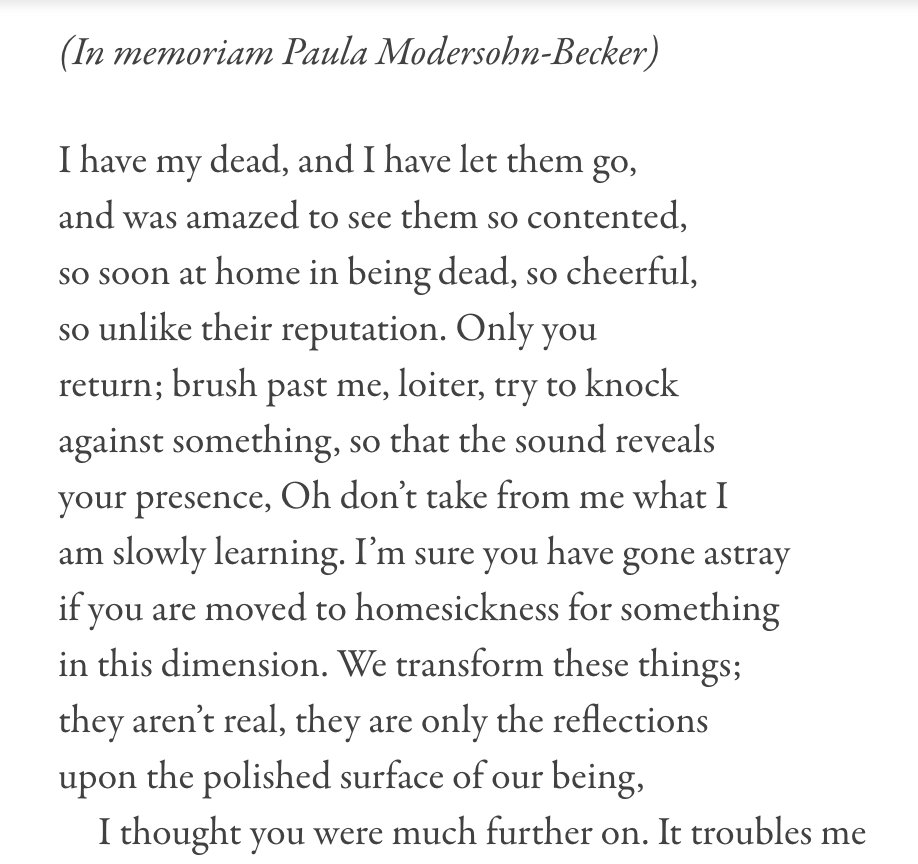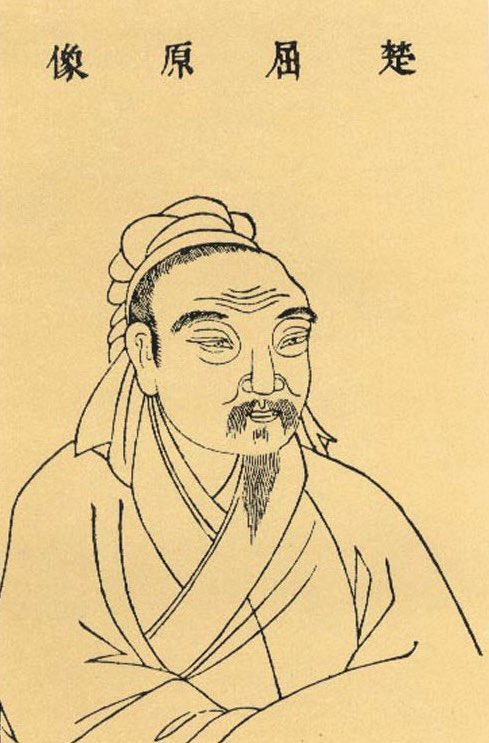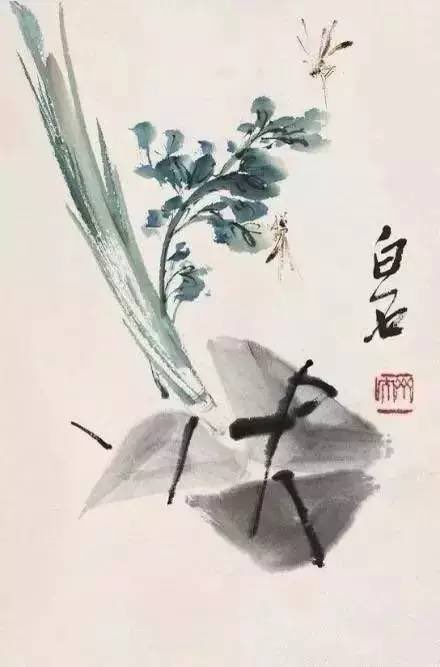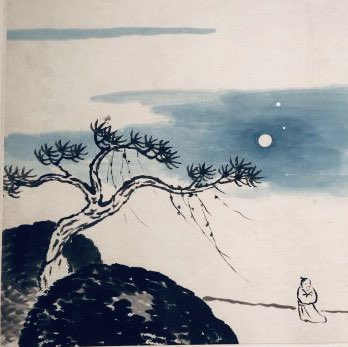
Winner of 2020’s new kanji contest in Japan: the character 座 (seat), ingeniously redesigned as a neologism for “social distance.”
Note the two 人(person) radicals in the original 座are now positioned farther away from one another!
Runners up: sousaku-kanji.com/?fbclid=IwAR2q…
Note the two 人(person) radicals in the original 座are now positioned farther away from one another!
Runners up: sousaku-kanji.com/?fbclid=IwAR2q…

I love this one from a 15yo entrant: the character 画 (picture, image) rendered 3-D and folded - to make the neologism for laptop/notebook computer! 😍 so clever. 

I like this one because it is a bilingual visual pun - a 76yo entrant transformed the bottom half of the character 会 (meeting) into a “Z” to make...you guessed it, “web conference”
(This could be a greater branding triumph for @zoom_us than even Kleenex or Xerox)
(This could be a greater branding triumph for @zoom_us than even Kleenex or Xerox)

Finally, my favorite -for its simplicity, elegance, and emphasis of the visual nature of the action.
The bottom half of the character 音(sound) has been slightly altered to incorporate 目 (sight, eye), to create a neologism for “sign language.”
This 1st grader wins in my book!
The bottom half of the character 音(sound) has been slightly altered to incorporate 目 (sight, eye), to create a neologism for “sign language.”
This 1st grader wins in my book!

• • •
Missing some Tweet in this thread? You can try to
force a refresh














